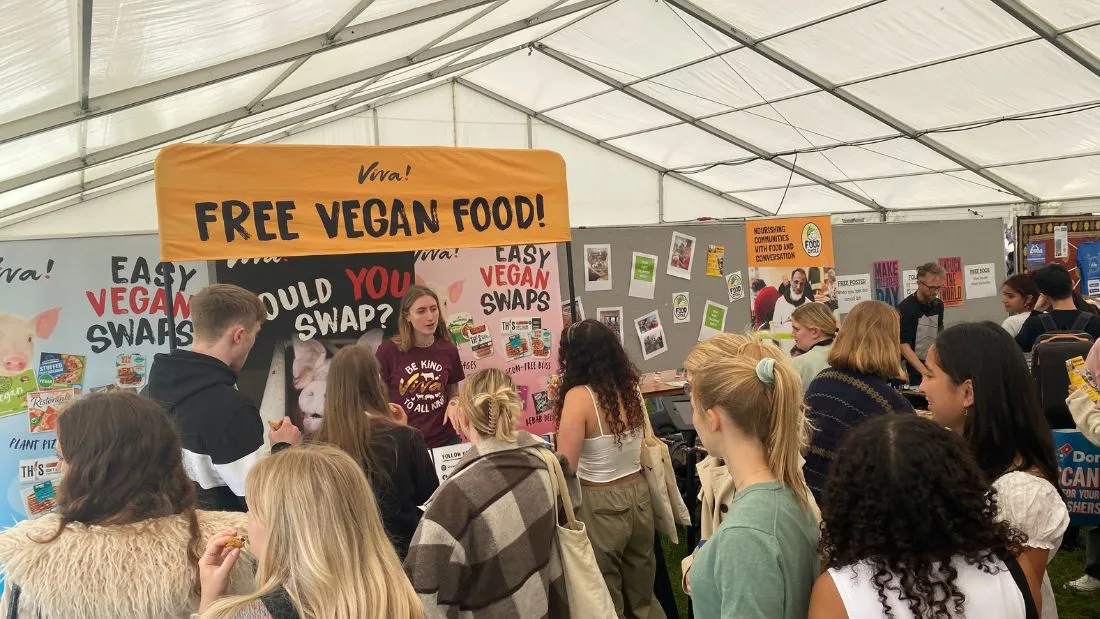Gallstones
Gallstones are solid pieces of stone-like material that form in the gall bladder, a small organ on the right hand side of the body, below the liver. It stores a green liquid called bile, which is produced by the liver to help digest fats. Bile is released into the intestines through a thin tube called the bile duct.
Gallstones are formed when chemical compounds in the gall bladder harden into solid, hard lumps – they may be as small as a grain of sand or as large as a golf ball. Gallstones are the most common cause of emergency hospital admission for people with abdominal pain. About eight per cent of adults have gallstones.
Various different lifestyle and dietary factors are linked to the risk of gallstones. Diets low in fibre (fruit, vegetables, wholegrains and pulses) and high in saturated fat and cholesterol (meat and dairy) increase the risk along with being overweight or obese.
Gallstones are made up from a mixture of water, cholesterol and other fats, bile salts and the pigment bilirubin. They occur when the make-up of the bile is abnormal, the outlet from the gall bladder is blocked (perhaps by infection), or if there is a family history of gallstones. It stands to reason then that gallstones are more likely to occur in people who have an unhealthy diet packed with saturated fat and cholesterol.
Due to the role that cholesterol plays in gallstones, it is a good idea to avoid meat, cheese, butter and lard, processed fatty foods, cakes and biscuits. A low-fat, high-fibre diet including plenty of fresh fruit and vegetables (at least five portions a day) and wholegrain foods can help prevent and treat gallstones.
Find out what you need to eat each day here.
Read more about Gallstones.




